Do you believe in coasts?
Well, I certainly do, and I hope that you will join me in getting to grips with the wildlife that abounds in and around the seas that surround England’s south-west corner!
The South West Coast Path stretches 630 miles from Somerset to Dorset, encompassing a myriad of coastal environments and habitats. From sheer cliffs and rolling moorland to wide sandy bays, hidden coves, islands and estuaries, there is everything one would require for a most varied English coastal safari. So, add binoculars to your packing list and start to look further at the natural delights that await.
There are so many spectacular well-known species in the region such as puffins which inhabit coastal cliffs, and of course the elusive otters, which are becoming more prevalent along the many waterways. However, on this occasion, we shall look a little deeper still…
If you were the only gull in the world…and I was the only buoy

The sun is shining, you have a spring in your step, a sumptuous packed lunch in your bag, and you are striding out on your first walking day along the South West Coast Path. The fishing ports are alive with a cacophony of screeching ‘seagulls’ as various denizens of the deep are deposited on the docksides, the spoils of the previous night’s catch. Birds dive to squabble over scraps, with aerial dog fights ensuing, unlucky individuals relinquishing their hard-won breakfast to avian bully boys. A thrilling spectacle indeed, and it all adds to a perceived piratical atmosphere of the wild west coast along which you are about to explore. But let’s put ‘Jamaica Inn’ and ‘Poldark’ to one side for a moment and have a closer look at what you have just witnessed.
In the newspapers, gulls are often lambasted as ‘dive-bombing, ice-cream stealing vermin’. It is true that they are extremely opportunistic and once they have cottoned on to the fact that there is such a thing as a free lunch, they will indulge themselves fully! However, to me, they are yet another part of my personal safari experience, and as valid and integral as any of the predators in search of prey on the plains of the African savannah.

I am defined by the birding fraternity as a Larophile (from the avian family – Laridae – suborder: Lari), I love gulls! Now it may be too much to expect that you will join me fully in my obsession, but I hope to at least gently nudge you in the right direction.
Firstly, to be honest, they are not ‘seagulls’ and the family comprises over 50 species. It may surprise you to note that there have been around 24 species of gull recorded in the UK, and you will easily see around 5 of these. Our species vary in size from the dainty, diminutive, well-named little gull at around 25cm in length (a great find if you do see one!), which actually holds the accolade of the world’s smallest gull, to the great black-backed gull, the world’s largest species at 71cm, and with a wingspan of over 1.5m, is quite a sight to behold.
Dan’s quick guide to the more frequent species:

Herring gull: The quintessential ‘seagull’. The typical gull that you are most likely to see along the coasts of the UK. Medium/large in size with a light grey back and upper wings, black wing tips which have a few small white spots (‘mirrors’), a white underside and head. Note pink legs and a yellow bill with a red spot. Chance of stealing your ice cream: HIGH
You are sure to hear their characteristic ‘ha ha ha!’ call, possibly at the joy of having just procured a tasty fish head, or dare I say it, your ice cream!

Lesser black-backed gull: Similar size to herring gull. Much darker slate grey back and wings. Note yellow legs. Chance of stealing your ice cream: HIGH
A most attractive species as they strut about with ‘yellow wellies’. They used to only really come over to see us in the UK in the Summer, having enjoyed a more continental Winter holiday, but these days more and more decide that this is the place to stay and enjoy all year round.

Black-headed gull: They are notable for their dark hoods in Spring and Summer, which are actually chocolate brown in colour. At other times of the year, the hood is reduced to a dark ear spot, but their relatively small size, coupled with red feet and bill, should present no problems in identifying. Chance of stealing your ice cream: LOW – much more likely to hang around on the sidelines for the chance of scraps or a tossed chip.
A relatively small species, and while often preferring an inland environment, may be found along the coast outside the breeding season.

Common gull: I always think that common gulls have a ‘gentle’ appearance, perhaps due to their dark eyes, rounded head and small yellowish bill. Superficially similar to herring gulls in colour, the common gull is much smaller, with larger white wingtip ‘mirrors, green-grey/yellow legs and has a more buoyant flight. Chance of stealing your ice cream: LOW
Not as common in the south as the name would suggest. More frequent in the north of the UK, but it does reach the south-west later in the year.

Kittiwake: Very much an oceanic species and best seen either when blown inshore after gales, or when they return to breed on coastal cliffs, alongside guillemots, razorbills and puffins. Similar to common gulls, but adults have black wingtips with no obvious ‘mirrors’. Chance of stealing your ice cream: Never as far as I know, but do let me know if it happens to you!
So, this is just a starting point for you, and we shall not even begin to look at the brown ones that you will see, as these are the juvenile plumages and can be a real challenge for the experts too! I just hope that you will take on the challenge of looking closer at this family of birds. Yes, they do make a lot of noise, steal your chips and have a penchant for nesting on your roof, but they do need your support. Many species are now on the Amber and Red Lists for conservation concern and our coasts would be a much sadder place without them.
The Holy Grail of Birding?
Walking onward into the far south-west reaches of Cornwall you enter the realm of the Palores, the Cornish word for ‘digger’, a bird that has been one of the biggest UK conservation successes in recent years. Along the grazed cliff top path, you see what appears to be a glossy black crow probing for its invertebrate prey. Then you note bright red legs and a curved red bill. The bird rises at your approach, spreading its wings to show its wide fingered primary flight feathers, dives acrobatically over the cliff edge, and calls out a shrill ‘kyeeoww!’. Lucky you, you have just seen a chough!

Once commonplace throughout much of the south-west, they declined due to persecution and loss of habitat and were gone by the middle of the 20th Century. Steeped in folklore and tradition, the chough was strongly symbolic of Cornwall. Legend says that the soul of King Arthur passed into a chough, and the bird’s return would also signify the return of the king.
While the species was reduced in Great Britain to west Wales and certain Scottish Islands, the loss of this bird, such a special part of Cornwall’s heritage, was devastating. However, at the start of the new millennium, a small influx occurred, and birds have bred on the Lizard Peninsula ever since. Now birds have been seen further up the South West coast in Devon and Somerset, and the Cornish status of the chough goes from strength to strength. A success story indeed, and if you do see one it will surely be a most rewarding experience!
Sea Monsters and other creatures of the deep
Having grown up on the coast, one of my favourite pastimes as a child was rock pooling. Creeping across the chafing barnacles and knobbly limpets, I would sweep my net deep amongst the dark fronds of kelp excited at the prospect of what lay beneath the surface. Great red edible crabs, black-tipped pincers held aloft to trap the unwary finger, were easily inspected by holding the top of the broad shell. Feisty velvet swimming crabs, sporting furry backs, and purple coloured paddles were much harder to deal with, true ‘ruffians’ of the intertidal zone.

Then there were the fish, shannies and other blennies, with rubbery lips, crushing teeth and wide staring eyes, and gobies that would appear to vanish before my eyes on the sandy bottom amidst the ghostly shrimps and prawns. And then there were the surprises that would cause me to shiver with fear as much as excitement, a pool stranded lobster, resplendent in royal blue, or the most nightmarish of our species for a deep delving hand, the conger eel, a veritable sea serpent to our eyes!
The shorelines around the South West Coast Path are a haven for the budding rock pooler. From Padstow to St Ives and beyond there is so much to see when the tide goes out. You may be lucky to find pipefish, stretched out cousins of the seahorse, bright green snake-locks anemones attached to the pool sides with swaying purple-tipped tentacles, and tompot blennies, red-eyed fish with fetching tentacle head accessories! Who needs a coral reef when you have such a colourful and characterful cast of creatures?

So that was a fun introduction to the sea life of the region, but casting your eyes seaward, you start to wonder what lurks further out in the deep dark depths? On an evening in your comfortable accommodation in the region of Falmouth, you may hear talk of the mysterious Morgawr, a serpent-like sea monster first sighted in the late 19th Century. While your chances of catching up with this creature may be very slim, the waters of the south-west do hold an array of fantastic marine species which you have a great chance of seeing!
In the Summer, do not be surprised, or indeed unduly frightened, when a large fin ominously breaks the surface followed by the tip of a sweeping tail. You have just seen the second largest fish in the world, the basking shark, mouth agape as it enjoys the bounty of microscopic organisms that abound. The hidden coves and isolated caves near Land’s End, Sennen, and Falmouth (and many other locations) are a haven for large grey seals, either hauled out in sheltered bays or more commonly seen as roman nosed heads bobbing above the water and dark backs as they roll back into the depths.

Dolphins abound in the clear waters, and both common and bottlenose species may be seen breaching anywhere along the south-west coasts. Whales are not as common, but sightings of both the relatively small minke whale and the much larger fin whale have been recorded. If you are very lucky, in the warm summer months, and especially along the north coast, you may spot a giant ocean sunfish, a bizarre fish up to 1.5 tonnes, that basks on the surface of the sea while searching for jellyfish prey.
Perhaps you prefer your species to stay in one place, and what better way to look closely at nature in situ than in the form of fossils! The Jurassic Coast which stretches 95 miles from East Devon to Dorset is home to rocks that record 185 million years of earth’s natural history. Be aware, finding your first ammonite, these beautiful whorled spiral molluscs of the distant past can be very addictive!

So, do any of these species mentioned above explain the reports of the ‘Morgawr’? Well, that is up to you to decide, as each new sighting on your coastal safari brings new discoveries and heightens your walking pleasure.





ETL/routeimagegallery/ss-1500-ladram-bay-rsz2-18102019163247575.jpg)
ETL/routeimagegallery/1500-thatched-cottages-devon-rsz2-18102019163245135.jpg)
ETL/routeimagegallery/ss-1500-seafood-chowder-rsz2-18102019163248090.jpg)
ETL/routeimagegallery/2100-SS-footpath-to-durdle-door-rsz2-18102019163245682.jpg)
ETL/routeimagegallery/1500-devon-lighthouse-rsz2-18102019163243946.jpg)
ETL/routeimagegallery/ss-1500-branscombe-hill-rsz2-18102019163246950.jpg)
ETL/routeimagegallery/shutterstock-398735083-undercliffnationalreserve-rsz2-18102019163246387.jpg)
ETL/routeimagegallery/1500-devon-goodies-rsz2-18102019163244541.jpg)
ETL/routeimagegallery/ss-1500-views-close-to-Exmouth-rsz2-18102019163248780.jpg)
ETL/routeimagegallery/21-DinneratPortreathArms-1500x1000-rsz2-08112019113735631.jpg)


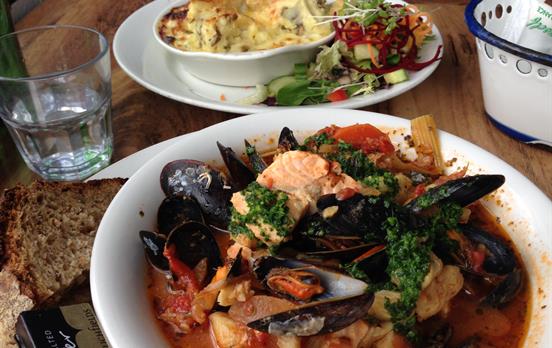
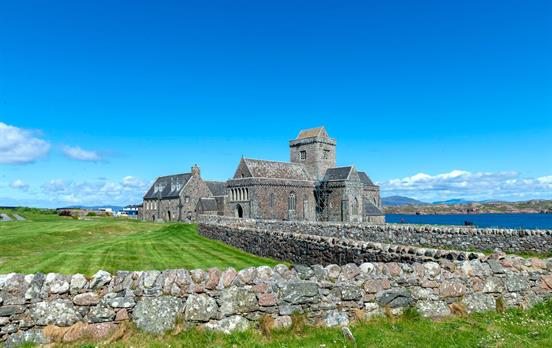
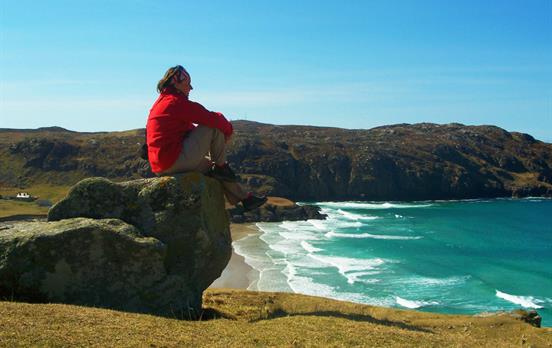
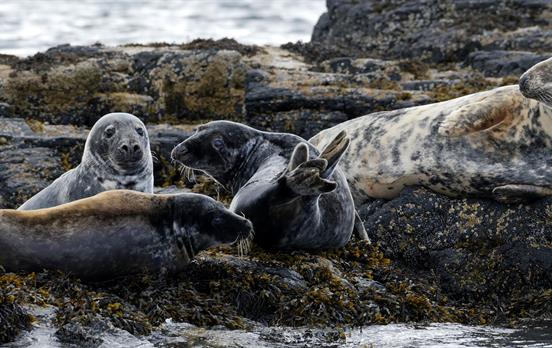
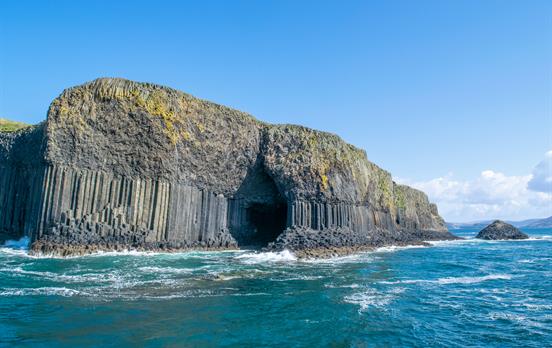
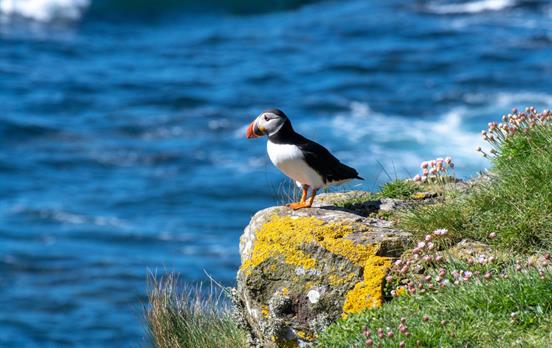
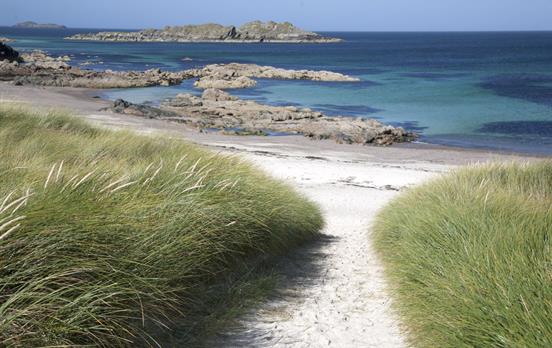
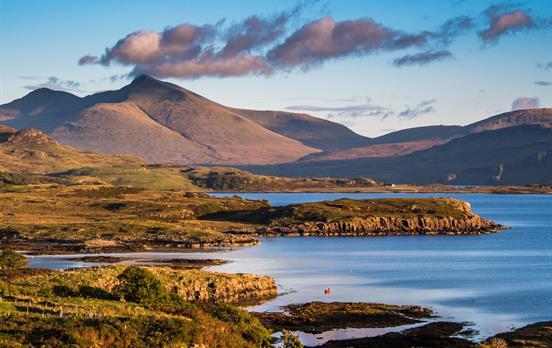

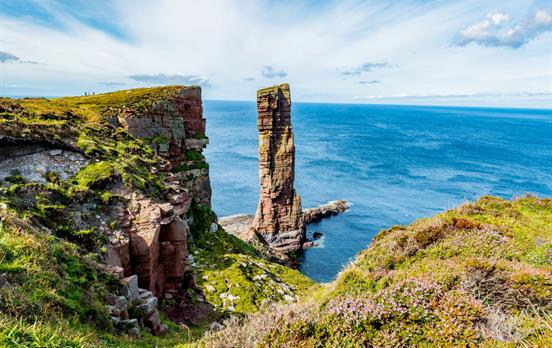
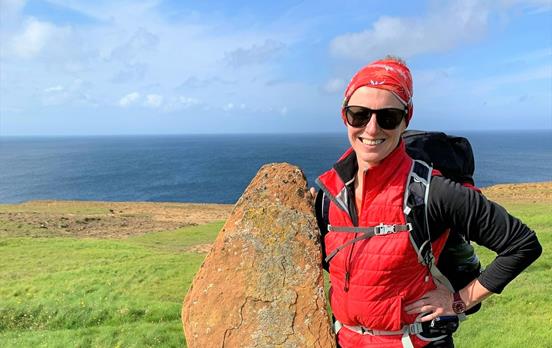
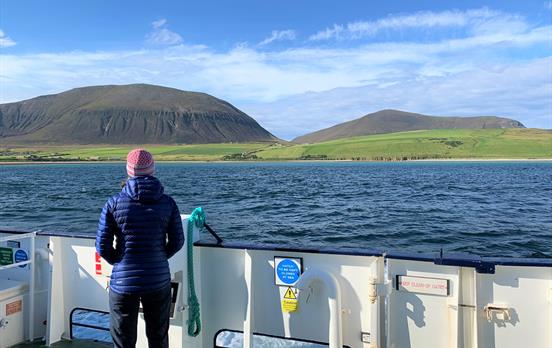

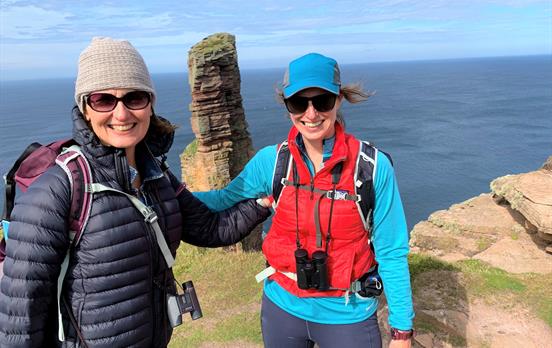


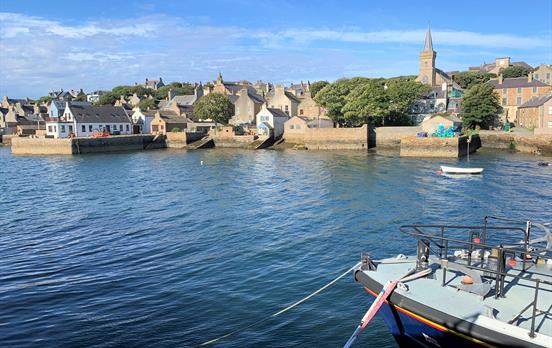
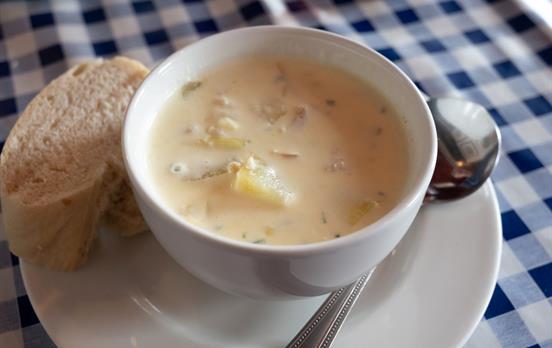


MTW/routeimagegallery/PrimaryTourImage-HarbouratLynmouth-rsz2-01092023133546513.jpg)
MTW/routeimagegallery/PrimaryTourImage-PutsboroughSandsfromWoolacombe-rsz2-01092023133551659.jpg)
MTW/routeimagegallery/original9-rsz2-21102019130112356.jpg)
MTW/routeimagegallery/PrimaryTourImage-NorthDevoncoastalpath.NrWoolacombe-rsz2-01092023133600602.jpg)
MTW/tourimagegallery/LyseLatraverse-Newquay-1500x1000-rsz2-29092020114834801.jpg)
MTW/tourimagegallery/PorlockWeirSWCP-rsz2-29092020114649716.jpg)
MTW/routeimagegallery/17-LunchatPortreath-CornishPasty-1500x1000-rsz2-08112019115333080.jpg)
MTW/routeimagegallery/ss-1500--swcp-near-westward-ho-rsz2-21102019131020159.jpg)
MTW/routeimagegallery/PrimaryTourImage-FollowtheSWCP-rsz2-01092023133605247.jpg)


 Australia
Australia New Zealand
New Zealand South Africa
South Africa European Union
European Union